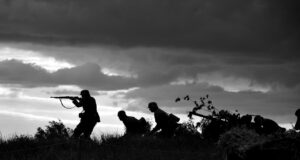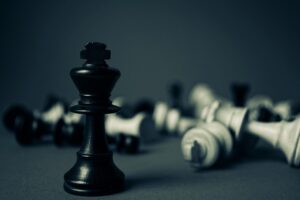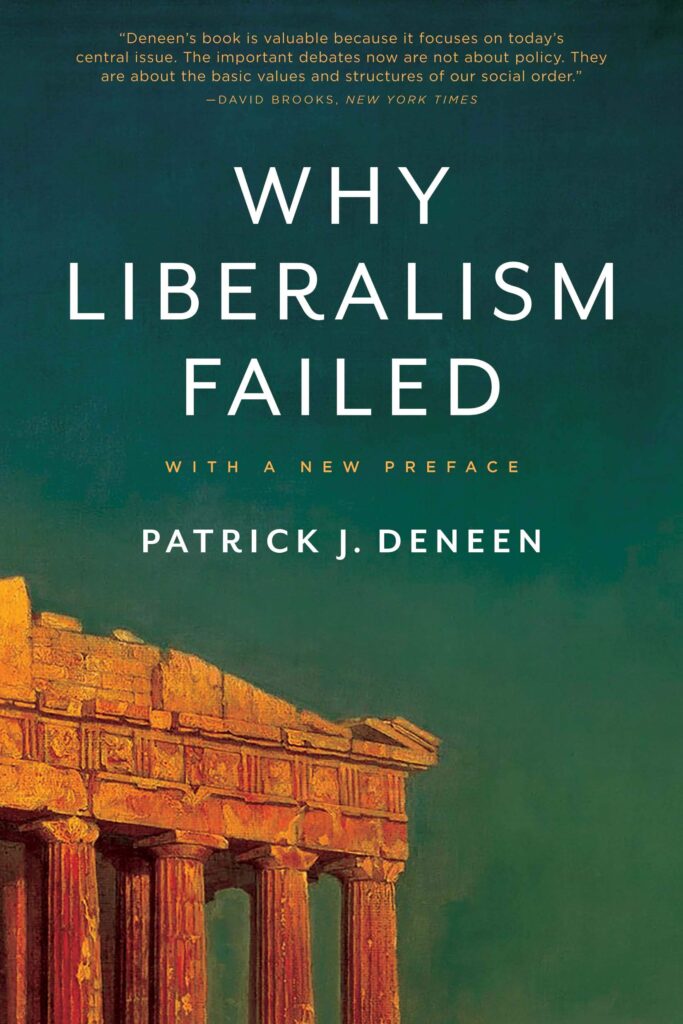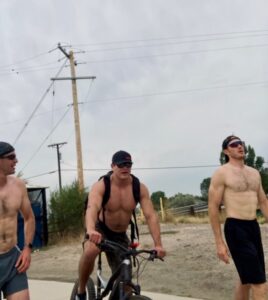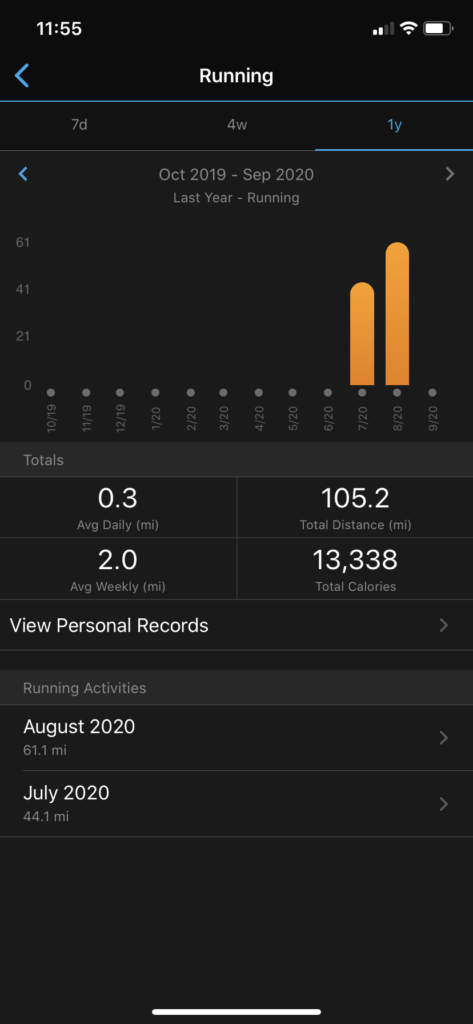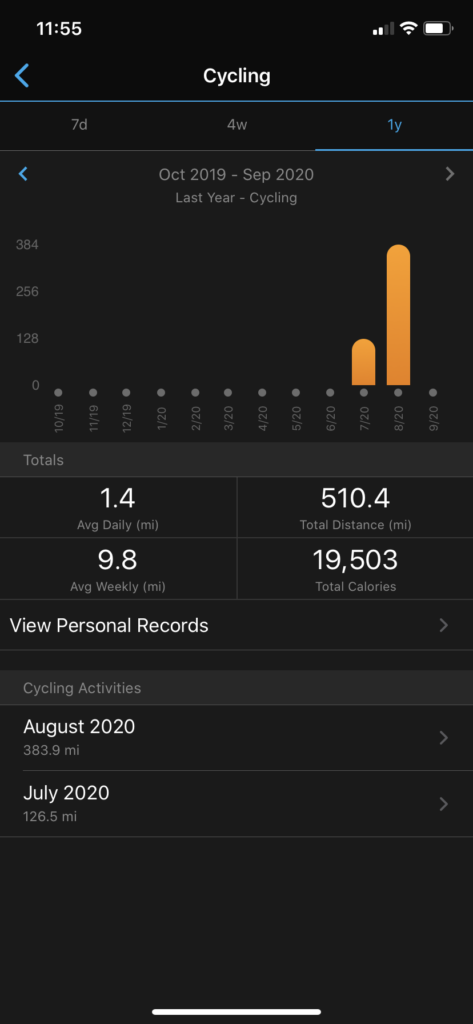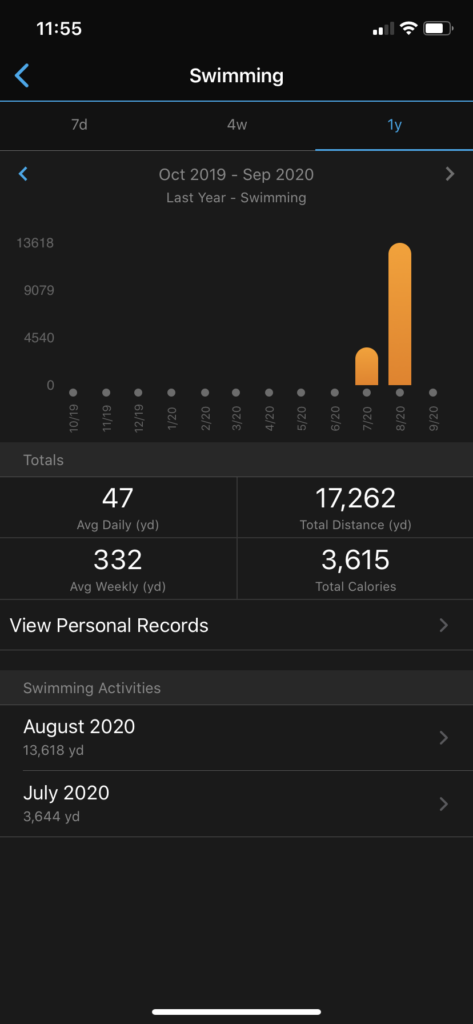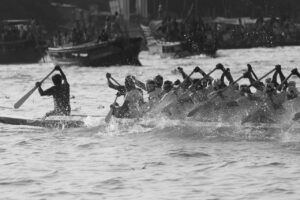The Battle for Love: An Introduction
I have been working on a new project behind the scenes for the last month or so. I played my hand at the social media, quick bite content, and to no one’s surprise, least of all my own, it’s not my spot. Sure social has its place, and feeding the ever-hungry beasts of distraction and superficial thinking is fun sometimes. But I have needed to take ownership of my authenticity as an old-sou lover of long-form work. So, I’m working on a book. No, I don’t have a publisher yet. No, I don’t know where the project will go. I do know that the topic matters and that I have some unique positioning to talk about it. So, without further adieu, I wanted to share the draft introduction with you. If it resonates, let me know. If it’s off the mark somewhere, let me know that too. If you hate it and wish for me to stop, you don’t have to share that. Alright, let’s get into love.
Love is under attack. Love is deemed trivial by everything from romantic comedies and sappy movies to graphic novels and the porn epidemic. As one of, if not the, most profound human conditions, love has been uprooted and left to wilt in the scorching sun of contempt, anger, fear, and distraction. Love is a word said to family members only because they’re family, not because it is fully understood. It is a word to describer everything from the nervous energy of a second date to the deep bond of a fiftieth wedding anniversary.
The uprooting of love in our modern society has not come without its scars. Just as a tree ripped from the ground brings rocks, dirt, and debris, to the surface, a society void of deep love has brought anger, frustration, division, and pain.
Love is, in many ways, at a pivotal moment. Such moments have come before. Times in history have passed where love seemed not only to be uprooted and laid to the side but destroyed altogether.
Such destruction is common in personal experiences and happening this very second all across the globe. Love is withered when a mother passes away, a father walks out, a spouse raises their hand in a weak fit of rage, and a friend moves across the country. Those small yet powerful moments can make love seem unreal in small towns and big cities everywhere. They leave an individual sitting in the darkness that is lost love and broken trust.
At times love seems to falter on a societal scale and can border on being impossible or simply fake and imagined. The horrors of the Holocaust, the scorched earth of Hiroshima, the genocide of Rwanda, the aftermath of the Somme, and so many other tragedies are tallies for the argument that love is nothing but a delusion. The news and social media highlight and magnify love’s setbacks to make it appear all the more artificial.
Yet, with perspective and experience, love always seems to reignite and rebuild.
How does love do that?
How does love rise from the ashes, get up from the canvas, and never stay down?
Not only does love win, but the moments that challenge love somehow only strengthen it. Is it the ultimate nod to the pop music of our day that, indeed, what doesn’t kill you makes you stronger? Maybe, and maybe it is much more than that. Perhaps there is something deep in the human experience that honors, longs for, and builds love. The attacks on love from a culture focused on the self might be the secret training ground for love to grow. Maybe pain–the force that often uproots love–is the very force that strengthens it. It is the weapon used to break the spirit that heals it and the powerfully healed who become the powerful healers. The vice that nearly destroys a person turned into the medicine they use to heal others.
This book attempts to reorient us to love toward a brighter world. You may need to rethink the love in your life. It may require you to examine the love you have today and the love you have lost or that nearly destroyed you. For some, such reexamination could create new pain as you realize the person you casually say “love you” to as you hang up the phone doesn’t have your love but something different, something less.
This book will also lift others to new heights of giving and receiving love. It will offer a fresh perspective, reignite past wisdom, and envision a society where love reigns in genuine and meaningful ways. Love is the central principle of a good life, and I hope this book clarifies it.
I hope this book changes what has been a growing sentiment in modern western culture that love is weak or unnecessary to living well. I fear that we have forgotten the truth of love’s strength all around us. The man who will give his life to save his daughter, the stranger who donates an organ to save a life, and the son who steps between his mother and her abusive boyfriend are all obvious examples of love’s strength that we would all celebrate. Those are extraordinary acts of courage. Yet, there are thousands of everyday, seemingly insignificant feats of strength and love that we choose to ignore and instead put our focus on anger, hate, and division.
The attack on love is no longer taboo or hidden. Reality is quite the opposite, as the media immortalizes acts of violence and hate, and entire corporations are built to funnel anger to everyone. Culture has deconstructed and rearranged the idea of a family unit so many times that it is unrecognizable. Lies have been told, wars waged, and souls are broken in the name of selfish desire and at the cost of love. The mantra of our society could easily be, “get more, no matter what,” a statement that leaves no room for love or care for another.
The biggest lie of all has been that our pain, grief, fear, confusion, and personal needs are greater than our capacity for love. The false narrative is that somehow our own needs won’t be met, or our freedoms won’t be fully realized if we focus on love for others.
We can no longer fail to ignore the lies. Adults are giving their lives to careers and bank accounts instead of family and friends. People of all ages are more isolated today than they were even a decade ago, and our health epidemics are evidence of the toll. Young people who fail to know love’s strength are in dire straights. They fight in school hallways, gossip at the speed of their thumbs on the phone, seek help in substances, weaponize love through sex and porn, kill each other in acts of violence, and take their own lives when it all becomes too much.
Who is left standing to defend love in a world where people profit from our obsession with differences and bias toward contempt and contention?
I am. I hope you are too because the consequences of losing would be dire. But, make no mistake about it; this is a battle and not one that ever ends. It is a daily decision to walk the more challenging path and make choices of love over selfishness, desire, resentment, and fear.
The battle for love is also not one we march toward alone. Ancient wisdom from the Bible to the great philosophers walk alongside us, willing to fight. Love is not new. It is the central thread of the human condition. It is not that we need to rebuild love. We need to find it again amidst the rubble of brokenness, reclaim it as the foundation of life, and reignite it amidst anything that wishes to extinguish it.
Let’s go to battle.
The Battle for Love: An Introduction Read More »
